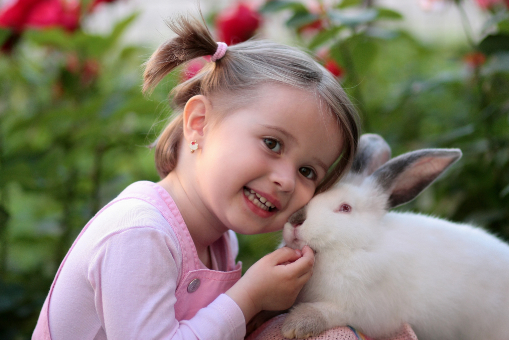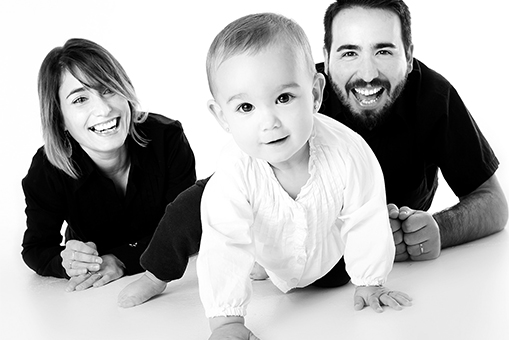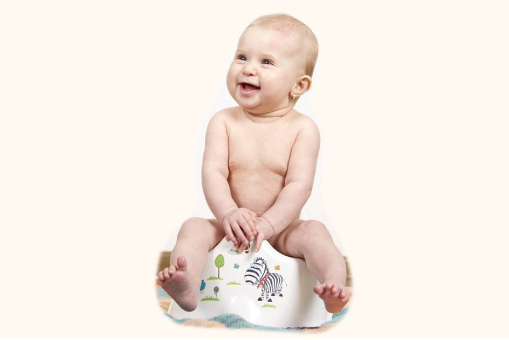Teething is one of the earliest developmental milestones, and it often raises concern and confusion for new parents. Around the age of two months, many babies begin to exhibit behaviors such as placing their hands in their mouths, biting their fingers or upper arms, and drooling. While these signs are often misinterpreted as early teething symptoms, they actually indicate the onset of oral exploration—a normal developmental stage where babies find comfort through oral sensations. Whether from breastfeeding, pacifiers, or their own hands, oral stimulation plays a critical role in early infancy.
When do babies start teething?
Most infants begin teething between 6 and 9 months of age. However, it’s entirely normal for teething to start as early as 4 months or as late as 12 months. The eruption of primary teeth (baby teeth) typically follows a consistent sequence:
Usual teething order:
- Lower central incisors (6–10 months)
- Upper central incisors (8–12 months)
- Upper lateral incisors (9–13 months)
- Lower lateral incisors (10–16 months)
- First molars (13–19 months)
- Canines (16–23 months)
- Second molars (23–33 months)
A variation of 2–3 months from the average age range is considered completely normal. However, if teething is delayed by more than six months, or if not all primary teeth have erupted by the age of three, a dental evaluation is advisable. In rare instances, infants may be born with natal teeth (preteeth), which may require removal if they interfere with feeding.
Does teething cause fever?
One of the most common myths is that teething causes fever. Numerous pediatric studies confirm that teething does not cause a rise in body temperature. If a baby develops a fever, even if teething symptoms are present, it should not be dismissed. Fever can be a sign of an unrelated viral or bacterial infection and should always be evaluated by a pediatrician.
Other commonly attributed symptoms—such as diarrhea, vomiting, or rash—also lack clinical evidence linking them directly to teething. Mild gastrointestinal changes may occur due to increased salivation and oral activity, but they should be distinguished from symptoms of illness.
Teething symptoms – what to expect
Teething affects each baby differently. While some children may not show any signs, others might experience:
- Red, swollen gums
- Excessive drooling
- Increased desire to bite or chew objects
- Irritability or fussiness
- Sleep disturbances
- Rash around the mouth or chin (from drool)
In some cases, you may even observe a bluish swelling on the gum where a tooth is about to erupt. These are generally harmless and resolve on their own.
Soothing your baby during teething
To ease discomfort during teething, try these parent-approved and expert-recommended methods:
Safe teething relief options:
- Teething toys and rings: Use BPA-free, chilled (not frozen) teethers to massage sore gums.
- Gum massage: Use a clean finger to gently rub the baby’s gums in a circular motion.
- Cold washcloth: Let the baby chew on a clean, damp cloth chilled in the refrigerator.
- Medical-grade teething gels: Only those approved by regulatory authorities (e.g., EMA or FDA). Apply a small amount to the affected area; relief may last around 20–30 minutes.
Medications – when and what to use
In cases of significant discomfort, pediatricians may recommend paracetamol (acetaminophen) in age-appropriate dosages. Use should be limited and only under medical supervision. Avoid aspirin and medications with benzocaine or lidocaine, which are not recommended for infants due to potential risks.
What not to do during teething
- Avoid freezing teething rings (they become too hard and may harm the gums).
- Do not use topical gels with unregulated herbal ingredients.
- Avoid amber teething necklaces – there is no scientific proof of effectiveness and they pose choking and strangulation risks.
- Do not ignore persistent symptoms like fever, diarrhea, or rash.
When to see a doctor or dentist
Consult a healthcare provider if:
- The baby has a persistent fever above 38°C
- There are signs of infection like swollen lymph nodes or pus
- No teeth have appeared by 12–15 months
- Your child experiences severe irritability or feeding refusal due to gum pain
Teething is temporary, comfort is key
While teething can be challenging for both babies and caregivers, it is a normal and temporary phase. With informed strategies and gentle support, most babies manage this milestone with minimal discomfort. Avoid falling for common teething myths and focus on proven, safe methods of relief. Always consult your pediatrician if you’re unsure about your baby’s symptoms.
By understanding what’s normal and what’s not, you’ll be better prepared to support your child—and yourself—through the teething journey.
Download LittleDot – Your Family’s Health Companion!
Easily manage your family’s health with our all-in-one app. Track medical records, consult with doctors, and stay ahead of every health need. Convenient, reliable, and always within reach. Download now and try it for free!







